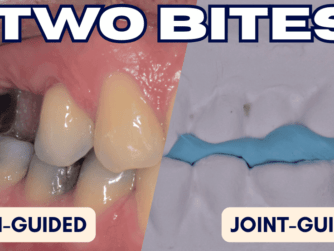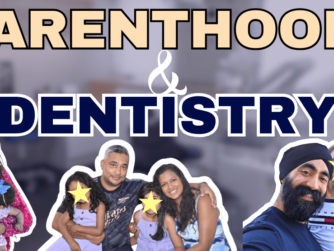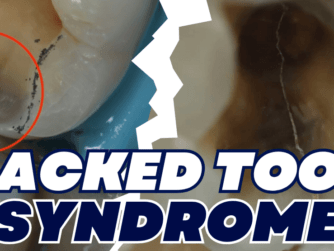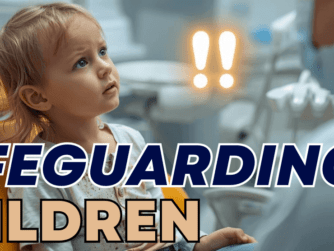Podcast: Play in new window | Download (Duration: 1:29:16 — 126.9MB)
Subscribe: RSS
I am going to say something controversial, but we kind of all know it’s true:
The management of Temporomandibular disorders is like the Wild West.
There are either no rules, or the rules are based on poor quality data.
In this episode, we’re joined by Dr. Patrick Grossmann, a retired orthodontist with 30 years of experience in TMD treatment using an orthopaedic approach. Together, we’ll unravel the complexities of TMD, discussing different viewpoints in TMD management.
Whilst Dr Grossmann and I do not fully agree on everything (typical Dentists!) it is helpful to understand the ‘working out’ and philosophy of a treatment modality.
Protrusive Dental Pearl: TMD History Form – which I send to all my patients before they come to see me for a TMD consultation. Premium members scroll down on the App to download (or check the Protrusive Vault). Otherwise download from https://www.protrusive.co.uk/tmd-history
Need to Read it? Check out the Full Episode Transcript below!
Check out Dr Grossmann’s course on February 17th in London: https://www.cephtactics-dental.com/short-courses/p/tmd-splint-day-course
A message from Dr Grossmann: “As of September 1st, I shall for the first time be offering a one-on- one (in person) 2 day intensive course in London. The course will cover ALL important aspects of TMD for the general practitioner as well as a half day ‘hands on’ session with the participant’s own splint. This will include using the splint for myofascial pain dysfunction syndrome as well as internal derangements-clicking/ locking. Moreover the importance of a night time appliance (Garcia) will be addressed and evidence for its efficacy.
For details on this course please email: patrick@patrickgrossmann.co.uk
If you liked this episode, you will also like Functionally Generated Path Technique – Conforming to Funky Occlusions – PDP168
Did you know? You can get CPD from the Web App or Phone App and watch premium clinical videos, for less than a tax deductible Nando’s per month?







